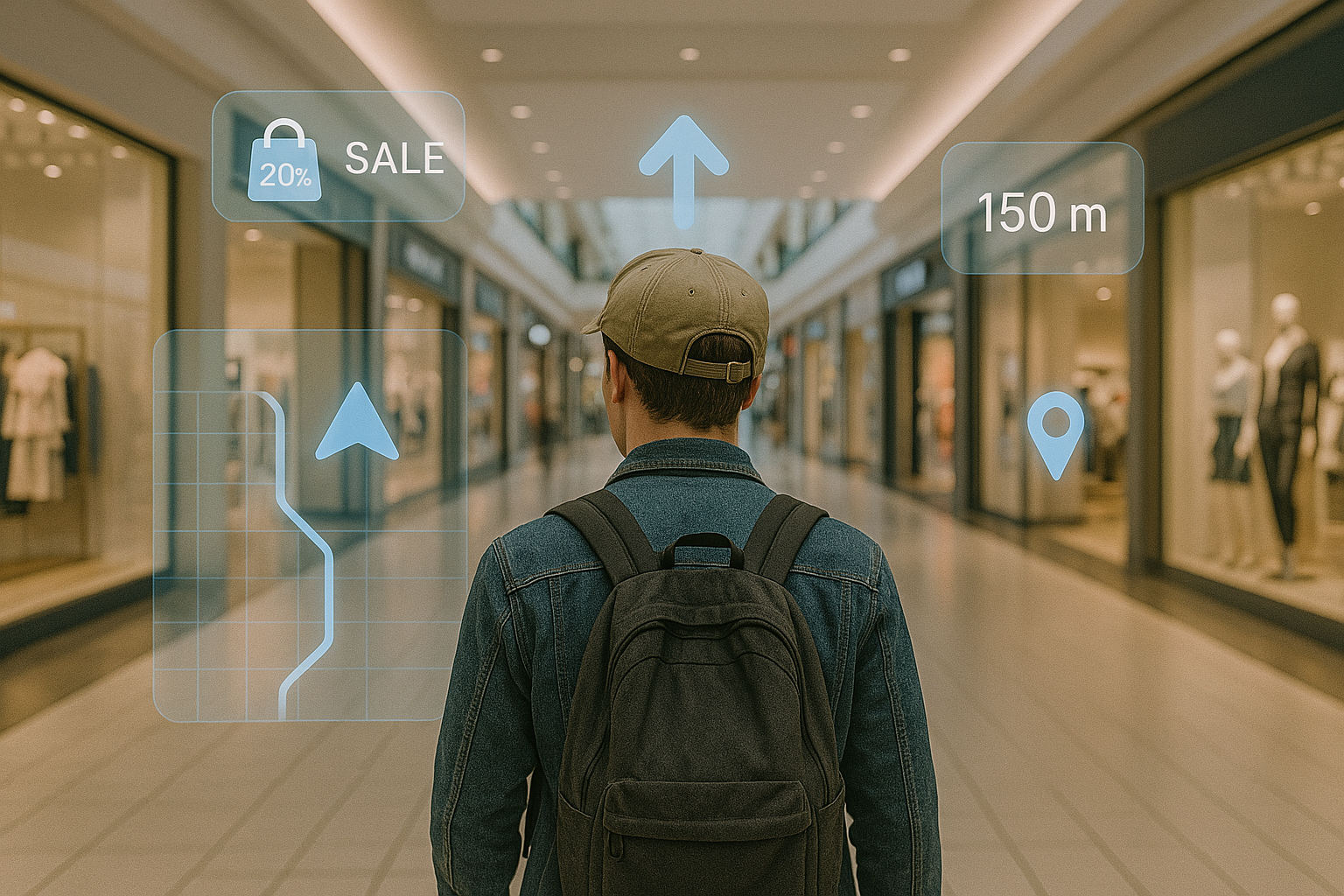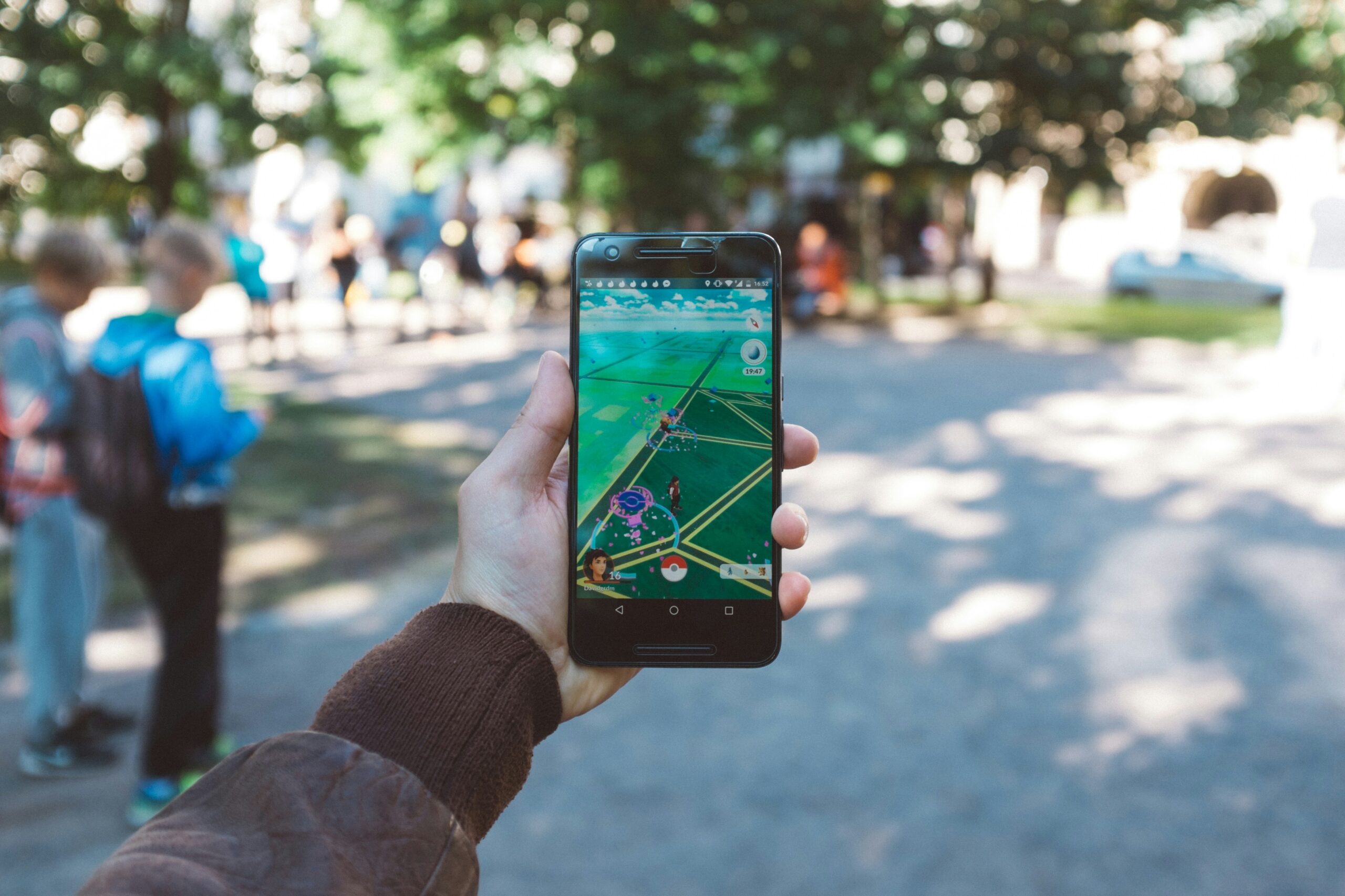
Using AI in VR (Virtual Reality) combines two cutting-edge technologies to create immersive, intelligent, and interactive experiences. Here are some key applications and ways AI enhances VR:
1. Smarter NPCs (Non-Player Characters)
- AI-driven NPCs can react dynamically to user actions, making VR games and simulations more realistic.
- Machine learning (ML) allows NPCs to learn from player behavior and adapt their strategies.
2. Natural Language Processing (NLP) for Voice Interaction
- AI-powered voice recognition (e.g., OpenAI’s Whisper, GPT-4) enables real-time conversations with virtual characters.
- Useful for VR training simulations, customer service avatars, and interactive storytelling.
3. Procedural Content Generation
- AI can generate VR environments, textures, and objects dynamically (e.g., using GANs or diffusion models).
- Reduces development time and allows infinite variations in VR worlds.
4. Personalized VR Experiences
- AI analyzes user behavior (eye tracking, movement) to adjust difficulty, pacing, or content in real time.
- Example: A VR fitness app that modifies workouts based on user fatigue.
5. Enhanced Avatars & Facial Animation
- AI (e.g., Meta’s Codec Avatars, NVIDIA’s Omniverse) creates lifelike digital humans with realistic expressions.
- Emotion detection via AI can make avatars respond naturally to user emotions.
6. AI-Powered VR Training & Education
- Medical students can practice surgeries with AI-generated patient responses.
- Corporate training simulations adapt based on employee performance.
7. Real-Time Translation & Accessibility
- AI can translate speech in multiplayer VR environments (e.g., Meta’s universal speech translator).
- Text-to-speech and speech-to-text AI helps users with disabilities.
8. Gesture & Pose Recognition
- AI (e.g., MediaPipe, OpenPose) tracks hand movements and body language for more intuitive VR interactions.
- Enables controller-free navigation in VR.
9. AI-Generated VR Storytelling
- Dynamic narratives where AI alters the plot based on user choices (e.g., AI Dungeon in VR).
- ChatGPT-like agents can serve as interactive guides or companions.
10. VR Content Moderation & Safety
- AI detects and filters toxic behavior in social VR spaces (e.g., Meta’s Horizon Worlds).
- Real-time deepfake detection prevents impersonation in VR meetings.
Challenges & Considerations
- Latency: AI processing must be fast enough to avoid motion sickness.
- Ethics: AI in VR raises concerns about deepfakes, privacy, and data security.
- Hardware Limits: Running advanced AI locally (on VR headsets) requires powerful chips.
Future of AI in VR
- Generative AI + VR: Tools like OpenAI’s Sora (video generation) could create entire VR worlds from text prompts.
- Brain-Computer Interfaces (BCI): AI could interpret neural signals for direct VR control (e.g., Neuralink + VR).
- Autonomous AI Agents: Fully AI-driven characters that behave like real humans in social VR.

